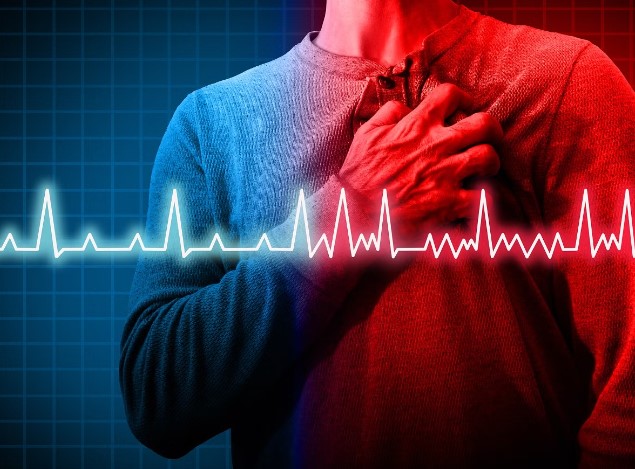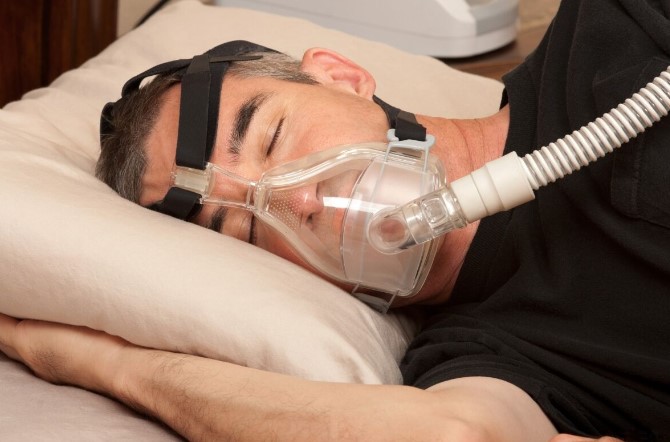Understanding and Managing Arrhythmia: A Comprehensive Guide


Arrhythmia is a medical condition characterized by irregular heartbeats. While some arrhythmias are harmless, others can be life-threatening and require immediate attention. This comprehensive guide delves into the causes, symptoms, diagnosis, and treatment options for arrhythmia, providing valuable insights for those affected by this condition.
What is Arrhythmia?
Arrhythmia refers to any deviation from the normal rhythm of the heart. The human heart typically beats at a regular pace, driven by electrical impulses that orchestrate the contraction and relaxation of the heart muscles. When these impulses are disrupted, it results in an arrhythmia.
Types of Arrhythmia
There are several types of arrhythmias, categorized based on the speed and rhythm of the heartbeat:
- Tachycardia: A condition where the heart beats faster than normal, typically over 100 beats per minute.
- Bradycardia: A condition where the heart beats slower than normal, typically under 60 beats per minute.
- Atrial Fibrillation: A common type of arrhythmia characterized by rapid and irregular beating of the atrial chambers of the heart.
- Ventricular Fibrillation: A severe form of arrhythmia that causes rapid, erratic electrical impulses in the ventricles, leading to an ineffective heartbeat.
- Premature Contractions: Early heartbeats that disrupt the regular rhythm, often felt as a skipped beat.
Causes of Arrhythmia
Understanding the causes of arrhythmia is crucial for effective management and treatment. The condition can be triggered by various factors, including:
- Heart Disease: Conditions such as coronary artery disease, heart attack, and heart failure can damage the heart’s electrical system, leading to arrhythmias.
- Electrolyte Imbalances: Imbalances in electrolytes like potassium, sodium, calcium, and magnesium can disrupt the electrical impulses of the heart.
- Medication: Certain medications, especially those used to treat heart conditions and high blood pressure, can cause arrhythmias as a side effect.
- Caffeine and Alcohol: Excessive consumption of caffeine or alcohol can increase the risk of developing arrhythmias.
- Genetics: Some people are genetically predisposed to arrhythmias due to inherited conditions affecting the heart’s electrical system.
Symptoms of Arrhythmia
The symptoms of arrhythmia can vary widely depending on the type and severity of the condition. Common symptoms include:
- Palpitations: A sensation of fluttering or pounding in the chest.
- Dizziness or Lightheadedness: Feeling faint or unsteady can occur due to inadequate blood flow to the brain.
- Shortness of Breath: Difficulty breathing, especially during physical exertion.
- Chest Pain: Discomfort or pain in the chest, which may indicate a serious underlying condition.
- Fatigue: Feeling unusually tired or weak, even with minimal physical activity.
Diagnosis of Arrhythmia
Accurate diagnosis is essential for effective treatment of arrhythmia. Several diagnostic tools and procedures are used to identify the type and cause of arrhythmia:
- Electrocardiogram (ECG): A non-invasive test that records the electrical activity of the heart, identifying abnormal rhythms.
- Holter Monitor: A portable device worn for 24-48 hours to continuously record the heart’s activity.
- Event Monitor: Similar to a Holter monitor, but used for longer periods, capturing heart activity when symptoms occur.
- Echocardiogram: An ultrasound of the heart that provides detailed images of its structure and function.
- Stress Test: Monitors the heart’s activity during physical exertion, revealing arrhythmias that occur with exercise.
- Electrophysiological Study (EPS): A specialized test where catheters are inserted into the heart to study its electrical pathways and identify abnormalities.
Treatment Options for Arrhythmia
The treatment of arrhythmia depends on its type, severity, and underlying cause. Several treatment options are available:
Medications
Medications are often the first line of treatment for arrhythmias. They can help control the heart rate, rhythm, and reduce the risk of complications:
- Antiarrhythmic Drugs: Medications like amiodarone, sotalol, and flecainide help maintain a regular heartbeat.
- Beta-Blockers: Drugs such as metoprolol and atenolol reduce the heart rate and blood pressure, alleviating symptoms.
- Calcium Channel Blockers: Medications like diltiazem and verapamil help control the heart rate.
- Anticoagulants: Blood thinners like warfarin and dabigatran reduce the risk of stroke in patients with atrial fibrillation.
Cardioversion
Cardioversion is a procedure used to restore a normal heart rhythm in patients with certain types of arrhythmia, such as atrial fibrillation. It can be performed in two ways:
- Electrical Cardioversion: Delivers a controlled electric shock to the heart to reset its rhythm.
- Pharmacological Cardioversion: Uses medications to restore the heart’s normal rhythm.
Catheter Ablation
Catheter ablation is a minimally invasive procedure used to treat arrhythmias that do not respond to medication. It involves the following steps:
- Insertion of Catheters: Thin, flexible tubes are inserted through the blood vessels and guided to the heart.
- Mapping the Heart: The heart’s electrical activity is mapped to identify the source of the arrhythmia.
- Ablation: The problematic area is targeted with radiofrequency energy, cryotherapy, or laser to destroy the tissue causing the abnormal rhythm.
Implantable Devices
For patients with severe or recurrent arrhythmias, implantable devices can provide long-term management:
- Pacemaker: A small device implanted under the skin that sends electrical impulses to regulate the heartbeat.
- Implantable Cardioverter-Defibrillator (ICD): Monitors the heart’s rhythm and delivers shocks if a life-threatening arrhythmia is detected.
Lifestyle Changes
Making certain lifestyle changes can significantly reduce the risk of arrhythmias and improve overall heart health:
- Diet: Eating a heart-healthy diet rich in fruits, vegetables, whole grains, and lean proteins.
- Exercise: Regular physical activity to strengthen the heart and improve circulation.
- Avoiding Triggers: Limiting caffeine and alcohol intake, managing stress, and avoiding smoking.
- Monitoring Health: Regular check-ups and monitoring of blood pressure, cholesterol levels, and weight.
Living with Arrhythmia
Living with arrhythmia requires ongoing management and monitoring to ensure a good quality of life. Patients should:
- Follow Medical Advice: Adhere to prescribed treatments and attend regular follow-up appointments.
- Educate Themselves: Learn about their condition and recognize the signs of worsening symptoms.
- Stay Active: Engage in suitable physical activities as advised by healthcare providers.
- Support Systems: Seek support from family, friends, and support groups for emotional and practical assistance.
Conclusion
Arrhythmia is a complex condition with various types, causes, and treatment options. Early diagnosis and appropriate management are crucial for preventing complications and maintaining heart health. By understanding the condition and following medical advice, patients can lead fulfilling lives despite their arrhythmia.






